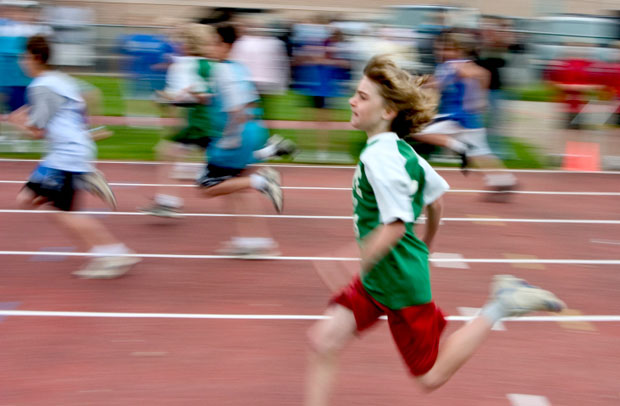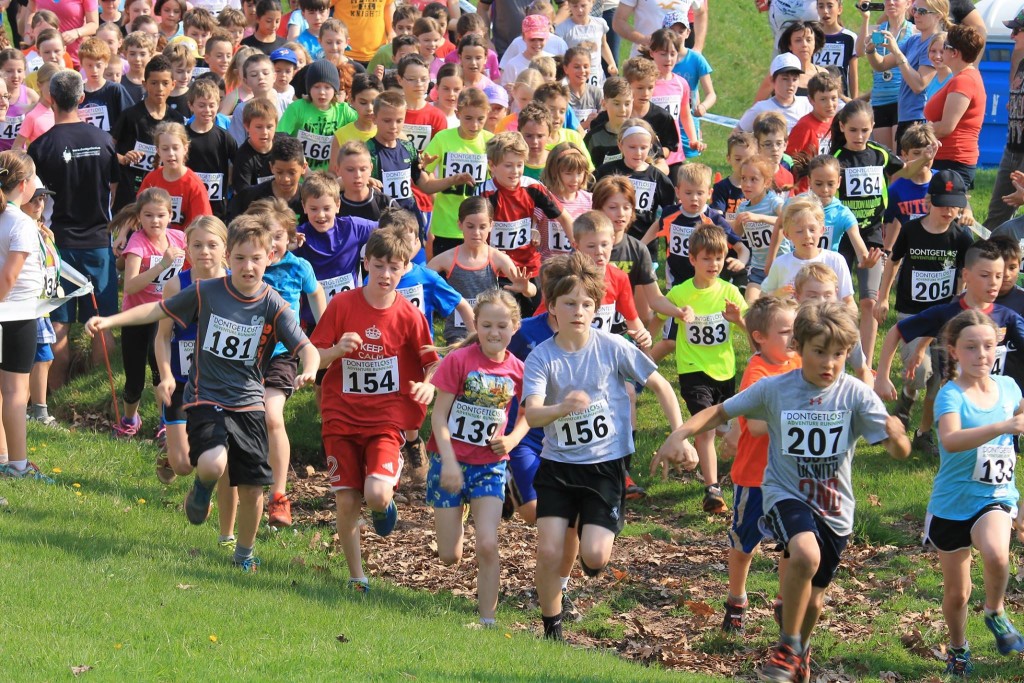How much should your child be running?
"This question is as loaded as they come, but it's one I think a lot about, and one I wrestle and grow with as I navigate through the world of youth and junior sport."


Most Canadian children will start school today, and with the beginning of school comes the beginning of cross-country season.
Children’s distance running is a highly contested topic. The question we’re addressing is: what should a young runner’s progression look like? Many kids who have success at the elementary level will seek to train more in high school, but this is where trouble can start. What is the line between helping your child realize their potential and over-training?
University of Toronto Track Club coach Ethan Davenport coaches some of the best junior runners in Canada. Davenport jokes, “This question is as loaded as they come, but it’s one I think a lot about and one I wrestle and grow with as I navigate through the world of youth and junior sport.”
Davenport says that the Canadian long-term athlete development model (LTAD) is a well thought-out distillation of research. “The tangible result of all this is an age-graded progression to middle and long-distance training. The progression highlights the different goals, types of training sessions, number of days training, weekly volume, workout and interval volume and variety in training. It also looks at expectations around strength and conditioning and developing movement patterns.”
https://www.instagram.com/p/Bm9xjyOhUaG/?hl=en&taken-by=radtrack
RELATED: Tips to get your kids running
He continues to say that a 12 year-old athlete is extremely different than a 17 year-old athlete. “In our program, an athlete usually starts around 12 years old with three days of training, one to two workouts usually in the guise of a fun relay race or activity, and a 20 minute run on their own. Fast forward, athletes are 17 years old, training six days a week, running fifty minutes on their off-day, engaging in four coached sessions a week, one of them solely around speed development.”
On top of that, the older athletes are doing “up to three functional medicine ball routines a week with body weight strength and core sessions, developing habits and routines with mental skills training, taking care of recovery with mobility and physiotherapy, cuing their stride mechanics for efficiency and injury prevention, setting goals, shopping for scholarships and developing intelligent and healthy nutrition habits.”
Davenport also reinforces that there’s no magic number, and each athlete has to be handled, to the best of a coach’s ability, on a case-by-case basis.
His main principles as a coach an a LTAD framework are to:
- Help an athlete reach their potential and do things they didn’t think they could do.
- Set the stage for a lifelong runner.
- Help to ensure a lifelong relationship with the sport and an active lifestyle: a satisfied ex-runner who has an active lifestyle and looks back on their running days with a fond smile and full heart.


